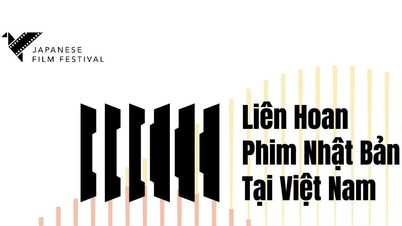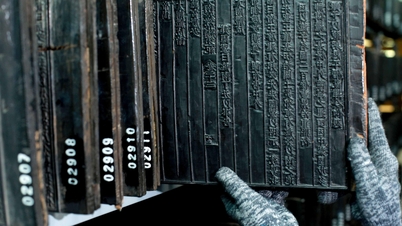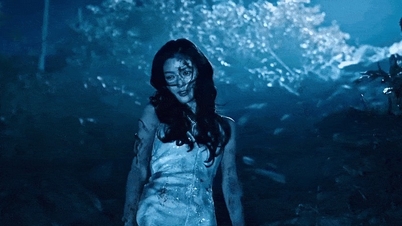The handwriting is so squiggly and confusing that patients can only leave it to the pharmacist to understand, which has become a "mark" of the medical profession. The saying sounds like a criticism, but in fact it contains sympathy. Because the doctor's handwriting is bad not because of carelessness but because the nature of the job is always urgent and stressful. Under the pressure of saving people every second, every minute, they are forced to write very quickly to be able to take notes, prescribe, and give orders. Writing at that time is only a means, not an end. The doctor cannot write each letter carefully like the old-fashioned teacher, but must put all his heart into the accuracy of diagnosis and treatment. Hidden behind that bad handwriting is the beauty of a noble profession: the profession of regaining human life.
 |
| Elementary school students practice writing. Photo: Vietnam+ |
But social life is constantly changing, and technology is gradually rewriting this cultural story. If in the past, a prescription could make patients dizzy because they could not read the words, now, electronic medical records, prescription software, clear print on screens and documents have become inevitable trends. The saying "ugly as a doctor's handwriting" will probably gradually disappear in the future when digital transformation in healthcare is increasingly strong, from medical record management, file storage to online prescription and payment.
From another perspective, this change also reflects a cultural advancement. In the past, doctors' bad handwriting was an unavoidable thing, accepted by society as a characteristic of the medical profession. Today, when technology participates in medical examination and treatment, we clearly see the value of transparency, accuracy, and convenience in health care. Social culture has also shifted: from accepting a somewhat inconvenient "habit" to demanding higher levels of professionalism, standardization, and modernity.
Perhaps in the future, the younger generation will no longer fully understand the meaning of the phrase “as ugly as a doctor’s handwriting”. But the memory of that saying remains an interesting piece in the language life, reminding us of a time when doctors wrote prescriptions, and patients were both amused and sympathetic to the “codes” doctors left on the prescriptions. At the same time, it also shows us clearly: Culture is always moving, always adapting to the advances of the times. And sometimes, behind a seemingly satirical saying, there is a humane story about the profession, about change, about the journey from the hand writing to the keyboard and digital data.
NGOC LAM
Source: https://www.qdnd.vn/van-hoa/doi-song/xau-nhu-chu-bac-si-chi-la-di-vang-849690


![[Photo] Cat Ba - Green island paradise](/_next/image?url=https%3A%2F%2Fvphoto.vietnam.vn%2Fthumb%2F1200x675%2Fvietnam%2Fresource%2FIMAGE%2F2025%2F12%2F04%2F1764821844074_ndo_br_1-dcbthienduongxanh638-jpg.webp&w=3840&q=75)
![[Photo] 60th Anniversary of the Founding of the Vietnam Association of Photographic Artists](/_next/image?url=https%3A%2F%2Fvphoto.vietnam.vn%2Fthumb%2F1200x675%2Fvietnam%2Fresource%2FIMAGE%2F2025%2F12%2F05%2F1764935864512_a1-bnd-0841-9740-jpg.webp&w=3840&q=75)









































































































Comment (0)